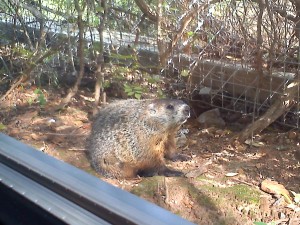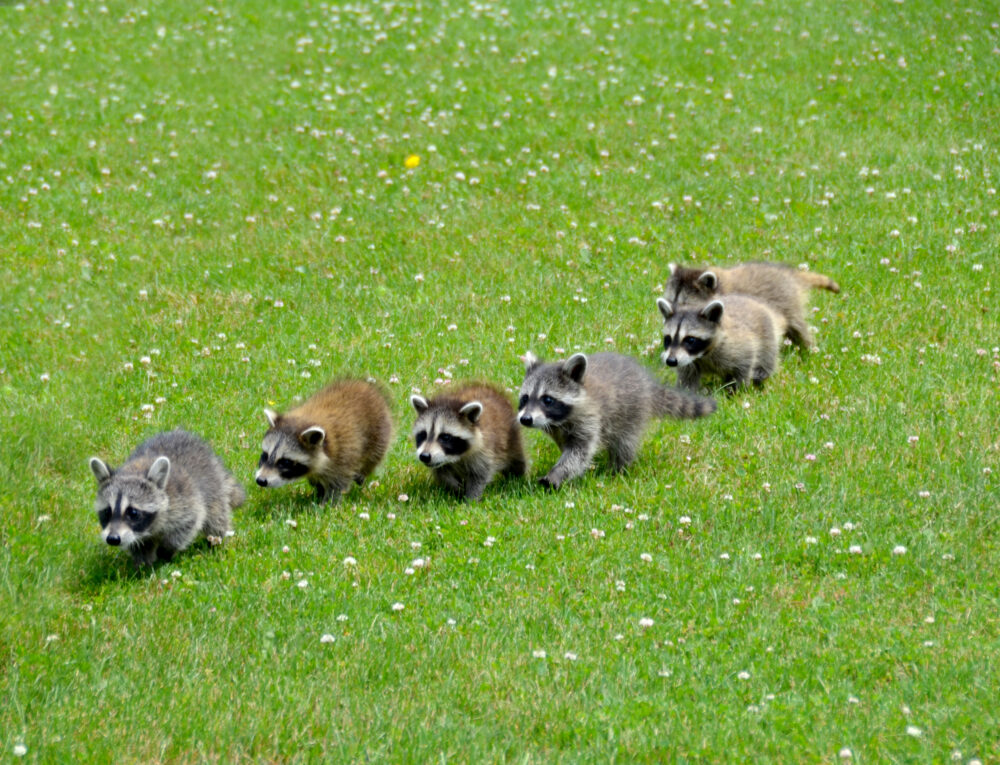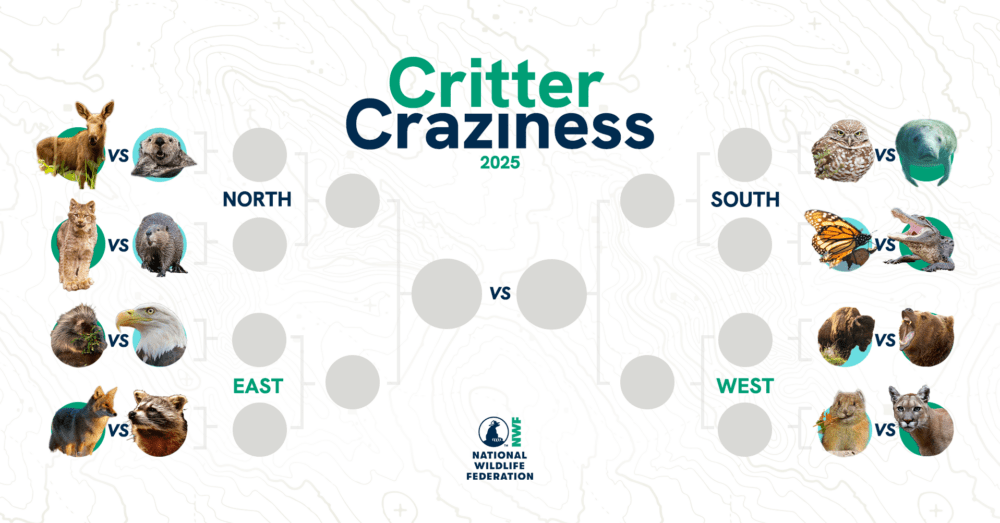We have much more to do and your continued support is needed now more than ever.
10 “Wildest” Things Happening in National Wildlife Federation Headquarters’ Backyard
Wildlife-Friendly DMV connects wildlife enthusiasts in the District of Columbia, Maryland and Virginia to local wildlife and the National Wildlife Federation. I will share with you the wildlife and nature where I “roam,” and bring to life the stories of people around our region who speak up for wildlife.
I’ll never forget looking out the window when I was 10 and seeing two wild boars in my front yard. Growing up in the foothills of the Appalachian Mountains in North Georgia, I saw lots of “wild” things: deer, turtles, snakes, countless red and blue birds, frogs, moles… it’s an endless list for the endless amount of wildlife that call it “home.”
I recently relocated to the District of Columbia, and happily, my wildlife viewing has not stopped. I work at the National Wildlife Federation headquarters in Reston, Virginia, where we are lucky to have wildlife right outside the door. You should see how many grown men and women turn into that 10-year-old kid again when we walk outside and see a critter or two. We’ve had some pretty wild encounters–not to mention our “home” is pretty wild all on its own.
10 “Wildest” Things Happening in National Wildlife Federation Headquarters’ Backyard

#10 Watch your step!
When we arrive to work, we never know what we’re going to see, like this guy. From praying mantids to deer you are almost guaranteed to spot wildlife around NWF’s headquarters. NWF’s Naturalist David Mizejewski helped me identify the mantis in our picture and it’s a Chinese mantis, an introduced species to the United States around 1895, and is one of the most commonly seen in this area.
#9 Solar power
In our front yard, we have a demonstration solar panel near the flagpole that actually provides the hot water for the showers on the lower level.
#8 We compost
NWF’s Cool It! Recycling Committee has a composter at headquarters that everyone uses to throw in leftovers, such as fruit and veggie scraps, crushed eggshells, coffee grinds and tea bags. Staff members from the Committee help maintain it by stirring it a few times a year. Compost makes great fertilizer for gardens and household plants.

#7 GROUNDHOG SIGHTING!
NWF staffers sometimes see our resident groundhog who lives behind the vine-covered trellis (Wild Happening #2). He can be seen all over headquarters: bathing himself in the shade, running around the pond or even snoozing!
#6 We have a “wildlife-friendly” set up
There are no storm drains on the property and nearly everything that falls on the building and grounds drains into our two bio-retention swales in the parking lot. This includes the water from our rooftop heating, ventilation and air condition units. The swales—a low tract of land— have a special soil mix that allow them to maintain more moisture and slowly disperse it into the local watershed, which prevents erosion. This also allows the trees and wetland plants in the bio-retention area to filter pollutants from run-off water.
As NWF Scientist Doug Inkley describes it: “It has to be the most wildlife-friendly parking lot I’ve ever known. This was by design, and it worked. Breeding orchard orioles, mallards, Eastern bluebirds, tree swallows, frogs; and I see fox, deer, box turtles, red-shouldered hawks, woodchucks and more.”

#5 Let’s go Geocaching
Ranger Rick’s Geocache Trails are family friendly, wildlife-themed, outdoor treasure hunts that encourage kids to get outdoors. Using GPS-enabled devices, people seek and find hidden geocaches on trails at places such as parks, campgrounds, and nature centers. There are a number of geo-caches in the woods right behind headquarters, including one that is maintained by NWF staff. I went for the first time and I couldn’t believe it when I found out there are millions of these all over the world!
#4 Our “home” is certified
Yes we are! NWF’s headquarters is a Certified Wildlife Habitat®. We have a pond for water supply, great cover (see Wild Happening #2), ample food sources like fringe trees and wild bergamot, , and headquarters is surrounded by acres of trees, flowers and vines for young to be raised (see Wild Happening #3 and #1!).
#3 “Wild Animal Babies” live here
Just like our magazine, Wild Animal Babies suggests, we can’t get enough of baby animals, and these little raccoons—recorded right outside headquarters—learning to climb are no exception:
[youtube]http://www.youtube.com/watch?v=UYuQR7DzSXg[/youtube]
#2 We’re covered in vines!

#1 “I like turtles.”
Just like the Zombie kid from 2007, we like turtles too. On rainy days you’ll see folks checking under their cars before driving off to make sure there aren’t any turtles hanging out. Or sometimes, we find them in the most unusual places, like this wee box turtle in the picture found by NWF Staffer Ben Spector. Spector stumbled upon him on our front doorstep and helped relocate the turtle to a safer place. Wild, right? Well, it’s probably pretty tame, but we’re all turtle guardians and help protect the “wild” life we love.
Got wild things happening in your backyard? Share your sightings and stories with us at NWF’s Wildlife Watch.
Wildlife-Friendly DMV: Keep it Local, Keep it “Wild”





















